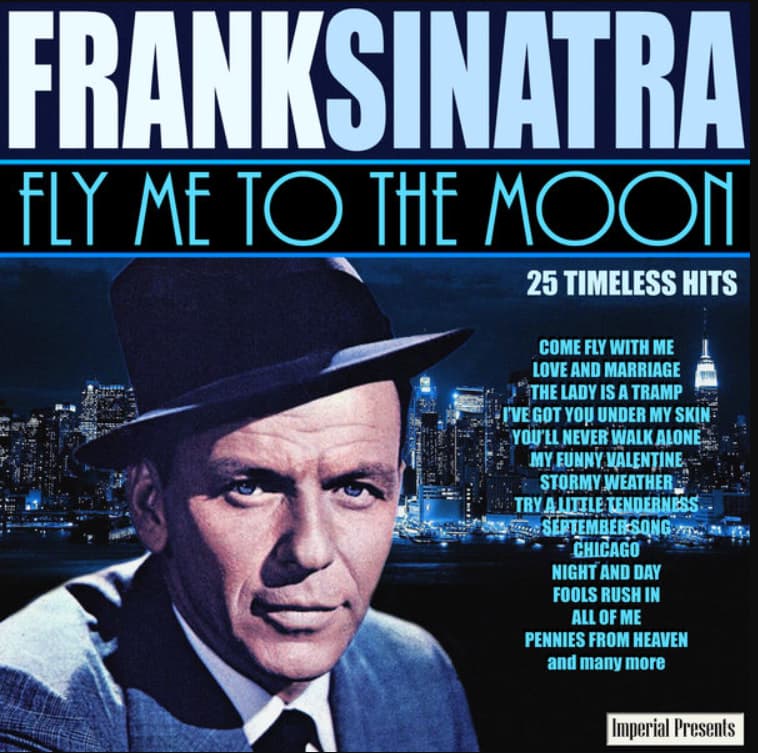
Fly Me To The Moon: A Timeless Anthem to Love’s Celestial Journey
There are some songs that, with the first few notes, transport you back in time. They don’t just fill a room; they fill your soul with a specific feeling, a memory, or an era. Bart Howard’s masterpiece, “Fly Me To The Moon,” is one such song. It’s a love letter that has transcended generations, and while many associate it with the iconic swagger of Frank Sinatra, its story is one of a quiet, a profound journey. Originally titled “In Other Words,” the song was first recorded in 1954 by cabaret singer Kaye Ballard. It was a gentle, slow waltz—a far cry from the swinging, bossa nova-inspired standard we know today. In its initial form, it was a subtle, heartfelt plea, a secret whispered between lovers. It didn’t make a major splash on the charts, but it found a home in the intimate, smoky cabarets of New York, a world of sophisticated emotions and whispered promises. The song’s initial ascent was gradual, building a quiet reputation among jazz and cabaret singers throughout the late 1950s.
The pivotal moment came in 1960 when Peggy Lee performed it on The Ed Sullivan Show, captivating a national audience and bringing the song into the mainstream. It was Lee who, recognizing the catchiness of the opening line, persuaded Howard to officially change the title to “Fly Me To The Moon” in 1963. This seemingly small change would prove to be a stroke of genius. It was a time of immense change and optimism in America. The Space Race was in full swing, and the idea of “flying to the moon” was no longer just a poetic fantasy but a tangible, national dream. The song suddenly had a new layer of meaning, a perfect metaphor for the ambition and boundless hope of the era.
But it was Frank Sinatra’s 1964 recording, with arrangements by the legendary Quincy Jones for the Count Basie Orchestra, that cemented its place in history. This version, found on the album It Might as Well Be Swing, was an explosion of energy and confidence. Jones took the gentle waltz and transformed it into a finger-snapping, four-beat swinger, a powerful declaration of love that felt as expansive and bold as the space program itself. This rendition became more than just a popular song; it became the soundtrack to a generation’s dreams. In an incredible twist of fate, a copy of the song was even played on the Apollo 10 and Apollo 11 missions, making it one of the first pieces of music to be heard in outer space. “Fly Me To The Moon” is more than just a love song; it’s a testament to the power of a simple melody to evolve, adapt, and become a cultural touchstone. It’s a reminder that sometimes, all a song needs is a little help from the stars—and a legend like Sinatra—to take flight.